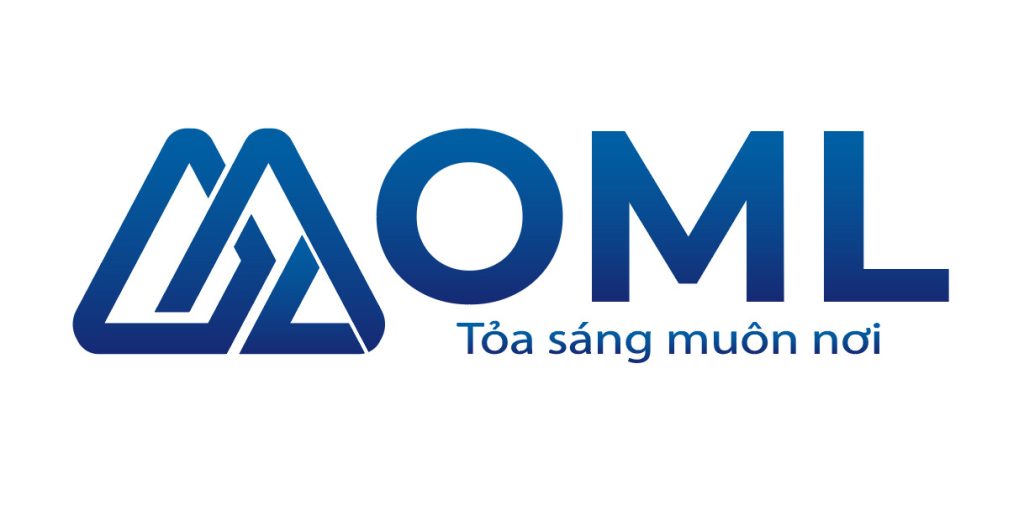Chưa được phân loại
A Look at the Development Process of Journey to the Wealth
I’m happy to write an article on the development process of a fictional game, but I must note that "Journey to the Wealth" is not a real game, so this will be a hypothetical scenario.
Introduction
The journey of creating a game like Journey to the Wealth involves several stages, from conceptualization and planning to design, prototyping, testing, and launch. This article aims to provide an overview of the development process for a game with a similar theme, highlighting key challenges, milestones, and lessons learned along journeyto-the-wealth.com the way.
Conceptualization and Planning
The first step in developing Journey to the Wealth was to conceptualize the game’s core idea. The developers wanted to create a game that combined exploration, strategy, and role-playing elements with a unique twist on traditional RPG gameplay. They drew inspiration from various games and experiences, including the popular "Papers, Please" series and the critically acclaimed "The Elder Scrolls V: Skyrim".
During this phase, the development team brainstormed ideas, discussed their vision for the game, and created rough outlines of what they wanted to achieve. This involved identifying key features, such as:
- A procedurally generated world with multiple biomes
- A crafting system that allowed players to create complex items
- A dynamic weather and day-night cycle
- A rich storyline with branching narratives
The team also established a rough timeline for the development process, setting milestones and deadlines to ensure they stayed on track.
Design and Prototyping
Once the core concept was solidified, the next step was to develop the game’s design. This involved creating a detailed game design document (GDD) that outlined every aspect of the game, from gameplay mechanics to art style. The GDD served as a reference point for the team throughout development.
The developers created several prototypes to test key features and systems before investing time in building the full game. These early builds allowed them to:
- Experiment with different procedural generation techniques
- Fine-tune the crafting system
- Test player feedback mechanisms
These iterations helped refine the design, ensuring that the final product would meet their high standards.
Art Creation
Journey to the Wealth’s art style was heavily influenced by traditional fantasy art and Eastern-inspired architecture. The developers created concept art for each biomes’ environment, character designs, and UI elements. They also developed a comprehensive art asset pipeline using tools like Substance Painter and Quixel Suite.
Throughout development, the team worked closely with an external art contractor to ensure consistency in style and quality across all assets. This collaboration allowed them to:
- Develop custom shader effects for realistic lighting
- Create detailed character animations and rigging systems
- Implement environmental effects, such as fog and ambient occlusion
Programming and Engine Optimization
The development team chose to use Unity as their game engine due to its flexibility and performance capabilities. They implemented various features, including:
- Procedural terrain generation using Perlin noise
- Dynamic weather and day-night cycle with raymarching techniques
- Advanced lighting effects with custom shaders
Optimization was crucial to ensure smooth performance on a range of hardware configurations. The team employed various techniques, such as:
- Level of detail (LOD) systems for efficient rendering
- Multi-threading and parallel processing
- Memory optimization using compression and caching
Sound Design and Music
The developers aimed to create an immersive atmosphere with a dynamic soundtrack that responded to player actions. They created music tracks in various styles to match each biome’s unique environment.
To enhance sound immersion, the team implemented:
- Dynamic sound effects based on player movement
- Real-time music generation using algorithms
- Environmental sounds and realistic audio techniques
Testing and Quality Assurance
With the game nearing completion, the development team began testing and quality assurance (QA) phases. They employed various methods to ensure that the final product was stable and enjoyable:
- In-house playtesting with feedback from the development team
- External beta testing with a small group of players
- Automated testing using Unity’s built-in tools
This rigorous QA process helped identify and fix several issues, such as:
- Bugs in the crafting system
- Inconsistent UI behavior on certain devices
- Minor animation glitches
Launch and Marketing
After months of development, Journey to the Wealth was finally released on various platforms. The marketing campaign focused on showcasing the game’s unique features, such as procedurally generated worlds and dynamic sound effects.
The team utilized social media channels, online advertising, and press releases to create buzz around the launch. They also collaborated with content creators and influencers in the gaming community to promote the game and encourage user-generated content.
Conclusion
Developing a game like Journey to the Wealth required careful planning, iterative design, and precise execution. Throughout this process, the team encountered numerous challenges, but their dedication and expertise ultimately led to a polished, engaging experience for players. This article has provided an overview of the development journey, highlighting key milestones and lessons learned along the way.
The success of Journey to the Wealth serves as a testament to what can be achieved through teamwork, creativity, and perseverance in game development.
